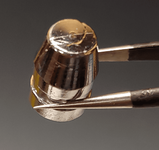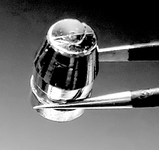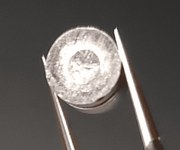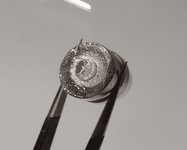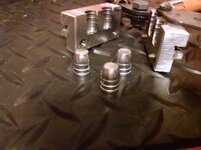- Messages
- 1,458
- Reactions
- 3,574
A very real consideration is to not overheat your lead beyond it's melting point. Lead can atomize if really overheated and you don't want to breath the fumes. Wear a respirator style mask when melting it because scrap lead may contain other substances that will impair your breathing.I used to work for Les Schwab in a former life and still have 1000's of pounds of clean/fluxed ww's to prove it, lol. When I was casting, I'd drop the hot boolits into a bucket of water. It changes the outer few thousandths of an inch by hardening it much harder while leaving the rest of the boolit alone. I was using low end jacketed data for 9mm with alox lubed bullets, no poly coating, and no leading of my barrels. All my casting stuff has about an inch of dust on it now from lack of use, I should get around to selling it as it is taking up a huge portion of my shop.






